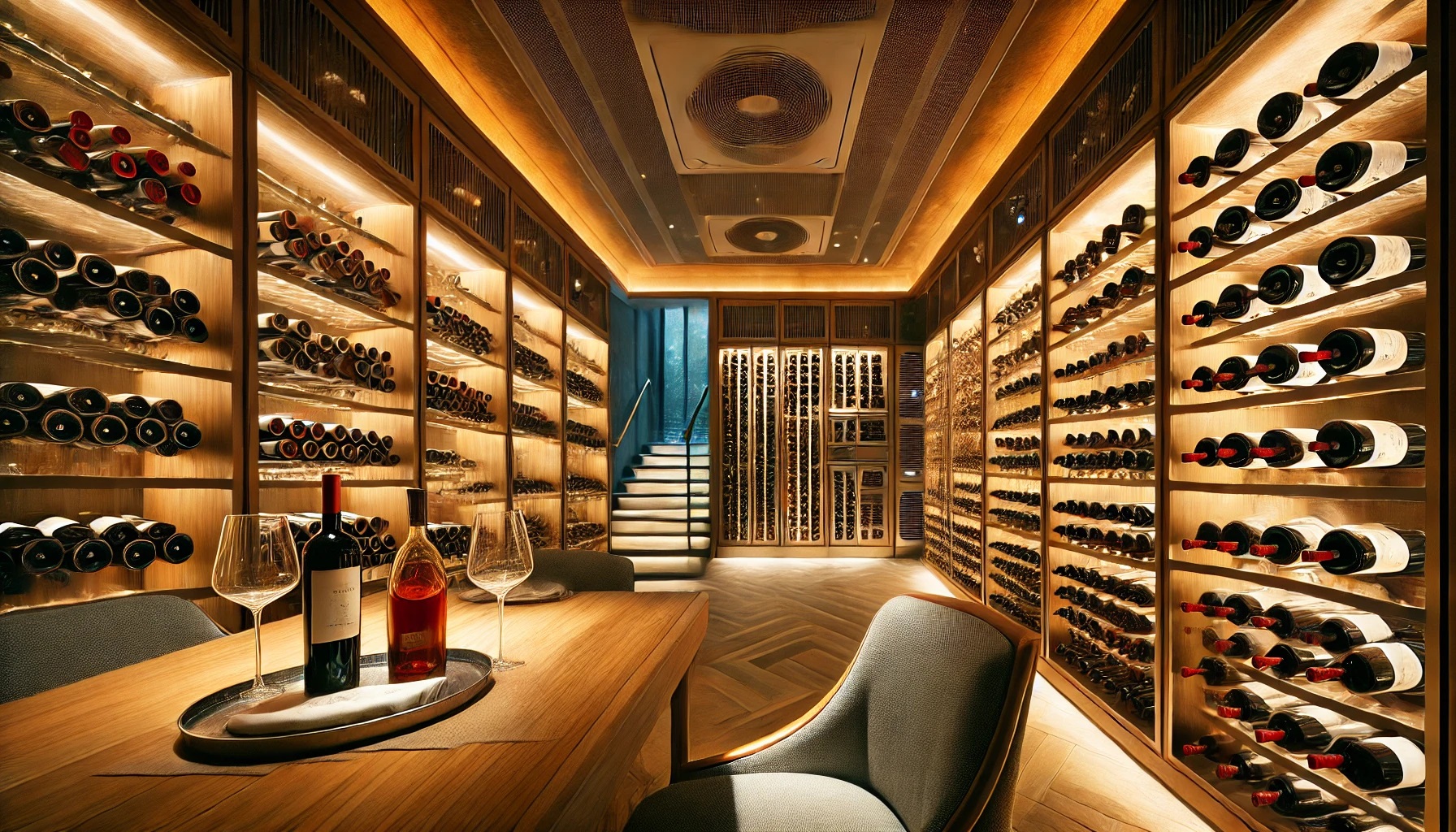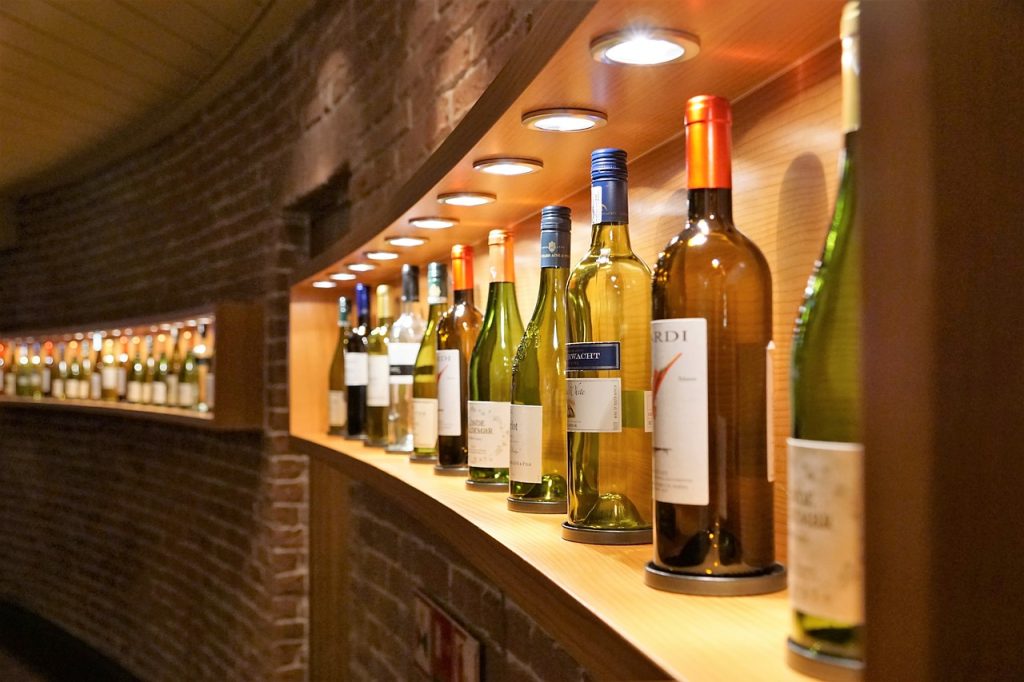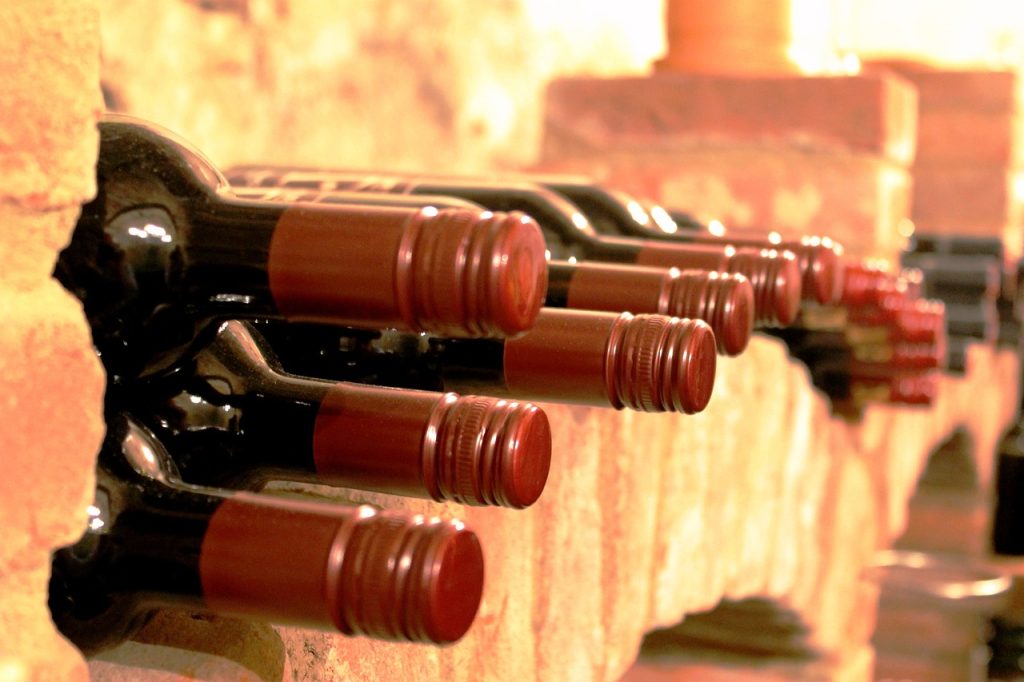
Ah, wine – that delicious elixir that not only gets better with age but can also make your bank account smile if handled correctly. Investing in wine might sound like the pastime of aristocrats, but these days, you don’t need to be a nobleman to get in on the action. You just need a bit of knowledge, patience, and, of course, a good bottle opener.
Let’s dive into the sparkling world of wine investment and explore how to build a profitable cellar that could one day fund your dream retirement (or, at the very least, a few top-notch dinners).
Why Invest in Wine?
Wine, particularly fine wine, has historically outperformed many traditional investments like stocks and bonds. Some wines have boasted returns of around 10% annually over the past 15 years, which is impressive considering it just sits there in the dark, doing nothing but becoming more delicious. Unlike your typical stock portfolio, wine is immune to market crashes, currency fluctuations, or government decisions. Plus, worst-case scenario, if your wine doesn’t appreciate in value, you can still drink it. Try doing that with a tanking stock.
So, how do you turn your wine-drinking hobby into a money-making cellar? Let’s walk through the basics.

Picking the Right Wines: Age and Grace
First things first: not all wines are investment-worthy. If you’re picking up a $5 bottle of Merlot from the local grocery store, you’re more likely to lose money than make any. Investment-grade wines are typically from well-established regions, and they tend to age beautifully – think Bordeaux, Burgundy, or Napa Valley. These wines have a track record of appreciating in value because they improve over time and become rarer as bottles are consumed.
When selecting wines, aim for those with a history of high scores from respected critics like Robert Parker or Wine Spectator. For instance, a score above 95 on Parker’s 100-point scale can elevate a wine’s value significantly over time. Wines like Bordeaux’s Château Latour or Napa’s Screaming Eagle have become legends in the investment world because of their reputation and scarcity.
You’ll also want to diversify. Don’t just stock up on Bordeaux; explore Burgundy’s Pinot Noirs, sparkling Champagnes, or even emerging markets like New Zealand or Australia, where some wines are showing great investment potential.
Wine Investment is a Long Game
This isn’t a quick-buck scheme. Wine investment requires patience, as you’re likely looking at a minimum of five years before a decent profit is possible, and often much longer. The wine needs time to mature, and so does your investment. The longer you hold onto a high-quality wine, the rarer it becomes, which can drive up its price significantly – assuming it’s stored properly (more on that later).
How to Store Your Liquid Gold
Now, here’s the kicker: storing wine improperly can turn your treasure trove into a vinegar-filled nightmare. Wine is sensitive. It needs the right conditions to age well: cool temperatures (around 55°F), humidity (70%), and darkness – because, just like us, wine likes its beauty sleep.
Unless you’re willing to invest in a temperature-controlled cellar or wine fridge (which could set you back a pretty penny), you might want to consider professional wine storage facilities. These facilities offer climate control, security, and insurance, ensuring your investment doesn’t spoil before it has a chance to appreciate.
Speaking of insurance, this is a must-have. If your wine collection grows valuable, you’ll want protection against disasters, theft, or even accidental breakage. Home insurance might cover some of it, but dedicated wine insurance offers more comprehensive protection.
Buying Strategies: Go Big or Go Home
When it comes to investing in wine, size does matter – but not in the way you think. Buying by the case is the preferred strategy. A single bottle might be enough for a nice dinner, but if you’re looking for investment potential, buying by the case allows you to sell part of it later while keeping the rest to appreciate further.
Also, always keep an eye on provenance. This fancy term refers to the history of the wine – where it’s been stored, how it’s been handled, and whether it’s authentic. Without a clear provenance, buyers might shy away, fearing counterfeits or poorly stored bottles.

Diversification: The Secret Sauce
Just like any smart investor diversifies their stock portfolio, you should diversify your wine investments. Instead of sticking to just Bordeaux, mix it up with Burgundy, Napa Valley Cabernet, and maybe even a few Champagne bottles. This spreads your risk. If one region has a poor vintage, others might still be flourishing.
Selling Your Collection
When the time comes to cash in on your investments, there are a few options. You can go through auction houses like Christie’s or Sotheby’s, or use online wine trading platforms like Liv-Ex. Auction houses are glamorous but might take a hefty commission, whereas online platforms offer more flexibility and sometimes lower fees.
There’s also the option of private sales, where you could sell directly to other collectors or buyers. Be sure to keep a meticulous record of your collection, including receipts and documentation, as this will help prove authenticity and provenance – critical factors in getting the best price.
The Cost of Entry
Let’s not sugarcoat it – wine investing isn’t cheap. Expect to spend at least $10,000 to build a small investment cellar. Between the cost of the wine, storage, and insurance, the initial investment can feel steep. However, platforms like Vinovest allow you to start with as little as $1,000, making wine investment accessible to more people.
Final Sip: Is Wine Investment for You?
Wine investment can be incredibly rewarding, both financially and in terms of sheer enjoyment. However, it’s not for the impatient. You need to have a long-term perspective, be willing to do your homework on what wines to buy, and have the right storage in place. And let’s not forget – if all else fails, you’ve still got a cellar full of excellent wine to enjoy. Not a bad backup plan, right?
So, if you’re ready to build a profitable cellar, go ahead and start researching, collecting, and – of course – tasting. Just remember, the best investment advice is always to enjoy the process. After all, the worst-case scenario is that you’ll be left with some pretty tasty liquid assets.
Sources:
- Vint.co (https://vint.co/blog/how-to-build-a-wine-investment-portfolio)
- Vinovest.co – How to Build a Wine Collection
[…] Cellar is more than just a wine delivery service—it offers a curated selection of wines for all tastes and budgets. Whether you’re searching for exclusive vintages, organic wines, […]
[…] you are into wine investment, the wrong conditions in your wine cellar can even be a financial backset for […]
Great tips on building a profitable cellar! Whether you’re a seasoned wine collector or just getting started, the right strategy can make all the difference in maximizing your returns.
For those looking to invest in wine while also planning their future education, why not combine your passion with a solid academic foundation? At LSE in Hong Kong, we offer expert tuition and personalized guidance to help you apply to top institutions like LSE. Whether you’re aiming for a career in finance, business, or even wine investment, a strong academic background can boost your opportunities in the industry.
Let us help you make the right academic and professional moves while you’re building your cellar!